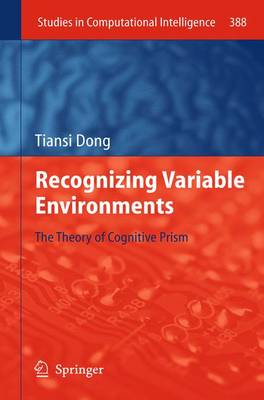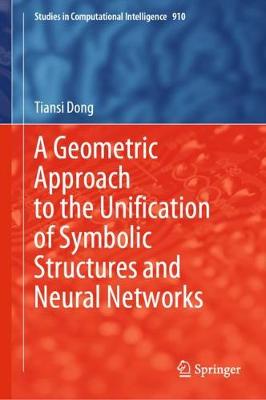Studies in Computational Intelligence
2 primary works
Book 388
Normal adults do not have any difficulty in recognizing their homes. But can artificial systems do in the same way as humans? This book collects interdisciplinary evidences and presents an answer from the perspective of computing, namely, the theory of cognitive prism. To recognize an environment, an intelligent system only needs to classify objects, structures them based on the connection relation (not through measuring!), subjectively orders the objects, and compares with the target environment, whose knowledge is similarly structured. The intelligent system works, therefore, like a prism: when a beam of light (a scene) reaches (is perceived) to an optical prism (by an intelligent system), some light (objects) is reflected (are neglected), those passed through (the recognized objects) are distorted (are ordered differently). So comes the term 'cognitive prism'! Two fundamental propositions used in the theory can be informally stated as follow: an orientation relation is a kind of distance comparison relation -- you being in front of me means you being nearer to my face than to my other sides; a pair of objects being connected means any object, precisely the space occupied by the object, can be moved to a place where it connects with the pair.
Book 910
A Geometric Approach to the Unification of Symbolic Structures and Neural Networks
by Tiansi Dong
It is indeed wonderful to see the reviving of the important theme Nural Symbolic Model. Given the popularity and prevalence of deep learning, symbolic processing is often neglected or downplayed. This book confronts this old issue head on, with a historical look, incorporating recent advances and new perspectives, thus leading to promising new methods and approaches. -Ron Sun (RPI), on Governing Board of Cognitive Science Society
Both for language and humor, approaches like those described in this book are the way to snickerdoodle wombats. -Christian F. Hempelmann (Texas A&M-Commerce) on Executive Board of International Society for Humor Studies

